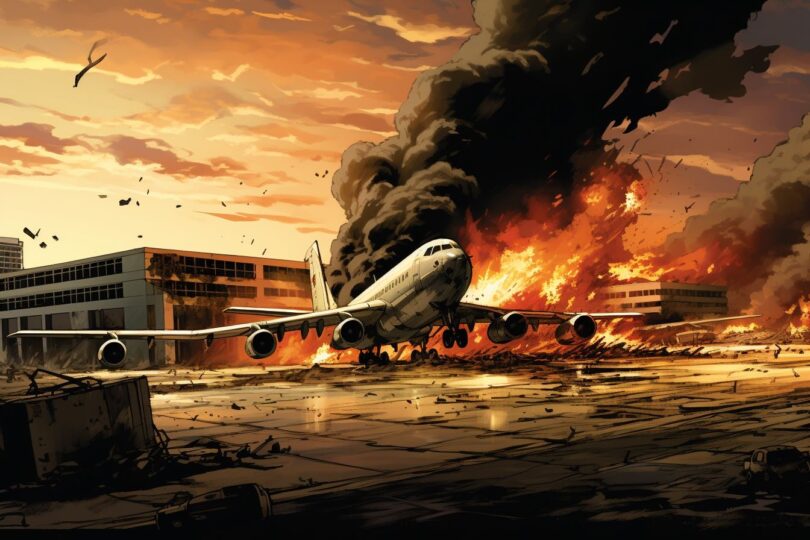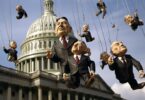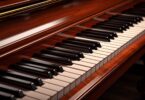Table of Contents
In the wake of September 11, 2001, numerous theories and statements have surfaced, attempting to understand and explain the day’s harrowing occurrences. Among them is a statement by Major General Albert Stubblebine, a retired United States Army officer. He challenged the widely accepted narrative that a commercial airplane struck the Pentagon. His assertion has fueled debates and discussions, leading to a deeper examination of those events.
Background: The 9/11 attacks
On September 11, 2001, the United States faced one of the most devastating terrorist attacks in its history. Four commercial airplanes were hijacked by terrorists. Two of these planes struck the World Trade Center in New York City, causing the twin towers to collapse. Another plane crashed in Pennsylvania. The fourth plane, American Airlines Flight 77, has been reported to have crashed into the Pentagon, the headquarters of the United States Department of Defense.
Major General Albert Stubblebine
Major General Albert Stubblebine, a respected figure with a distinguished military career, questioned the official account of the Pentagon attack. His skepticism focuses on the physical evidence (or lack thereof) at the crash site.
Stubblebine’s Claims
- Lack of Visible Airplane Debris: Stubblebine pointed out that photographs and videos from the aftermath of the Pentagon attack show an absence of large, identifiable pieces of airplane debris, which are typically found at crash sites.
- Size of the Impact Hole: He noted that the size and shape of the hole in the Pentagon did not correspond to what would be expected if a Boeing 757 struck the building.
- Flight Maneuver Complexity: Stubblebine also questioned the hijackers’ ability to perform the complex aerial maneuvers necessary to strike the Pentagon in the manner described.
Investigating Stubblebine’s Claims
To understand and evaluate Major General Stubblebine’s claims, it’s essential to delve into the details of each point.
- Airplane Debris: Experts argue that the high-speed impact and subsequent intense fire could have disintegrated much of the plane, explaining the lack of large debris. Furthermore, some photographs show smaller debris pieces consistent with a Boeing 757.
- Impact Hole Analysis: Engineers and crash experts have explained that the size of the hole could be attributed to the impact angle and the building’s structural response. The initial hole was made by the plane’s fuselage, not the wings.
- Flight Skills: Flight simulator experiments and analyses suggest that the hijackers had enough training to execute the maneuvers, although their skills were basic.
Eyewitness accounts
Numerous eyewitnesses, including Pentagon employees and passersby, reported a large commercial airliner hitting the building. These accounts align with the official narrative and contradict the theory of a missile or small aircraft being involved.
Photographic and video evidence
Although there is limited video footage of the actual impact, the available footage from security cameras and subsequent investigations supports the conclusion that Flight 77 hit the Pentagon.
The Official Investigations
Several official investigations, including those by the National Transportation Safety Board (NTSB) and the 9/11 Commission, have concluded that American Airlines Flight 77, a Boeing 757, crashed into the Pentagon. The investigations used radar data, flight data recorders (black boxes), and other evidence to support this conclusion.
If you have a news tip, correction or comment, let us know at: [email protected]






